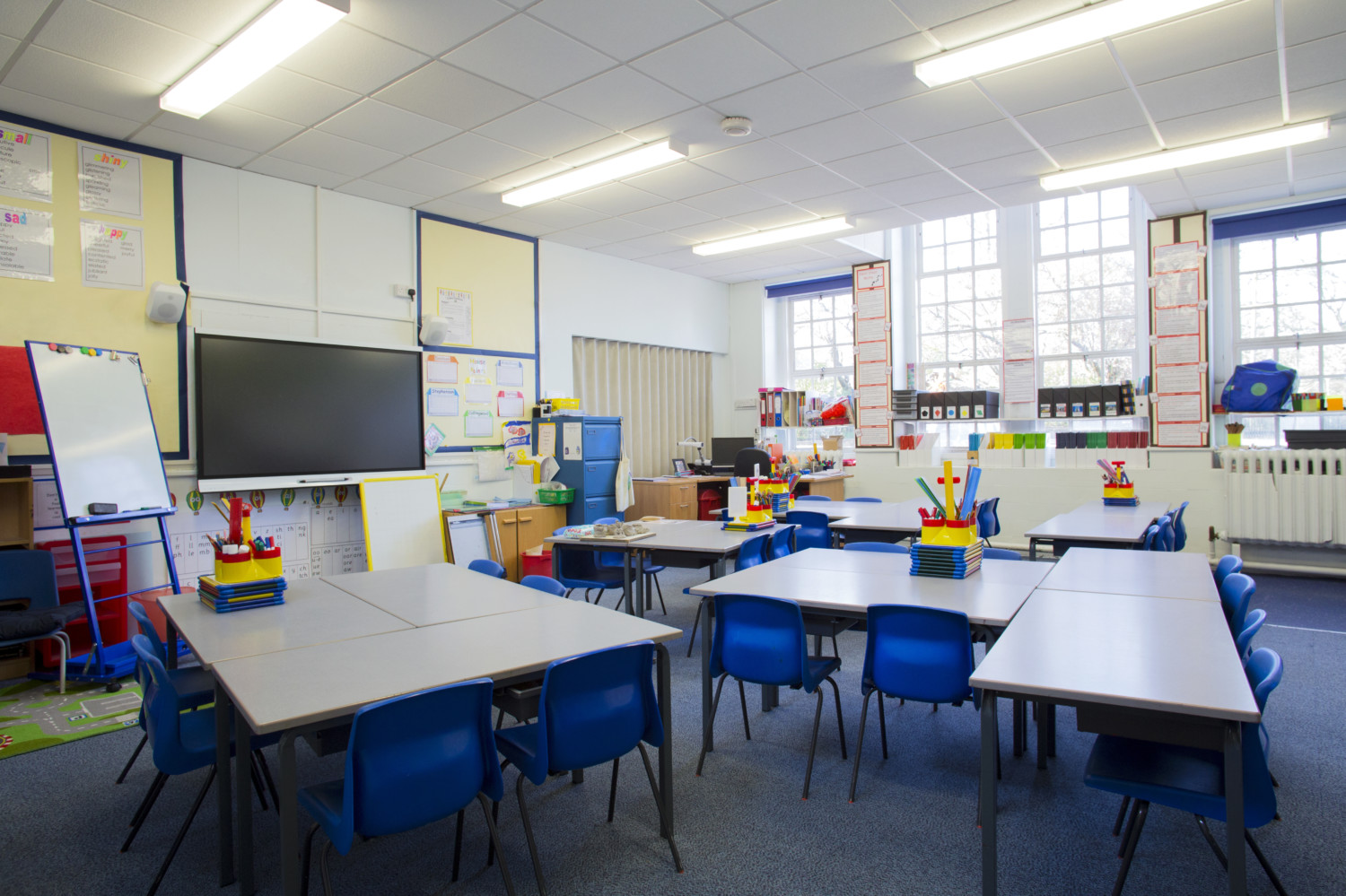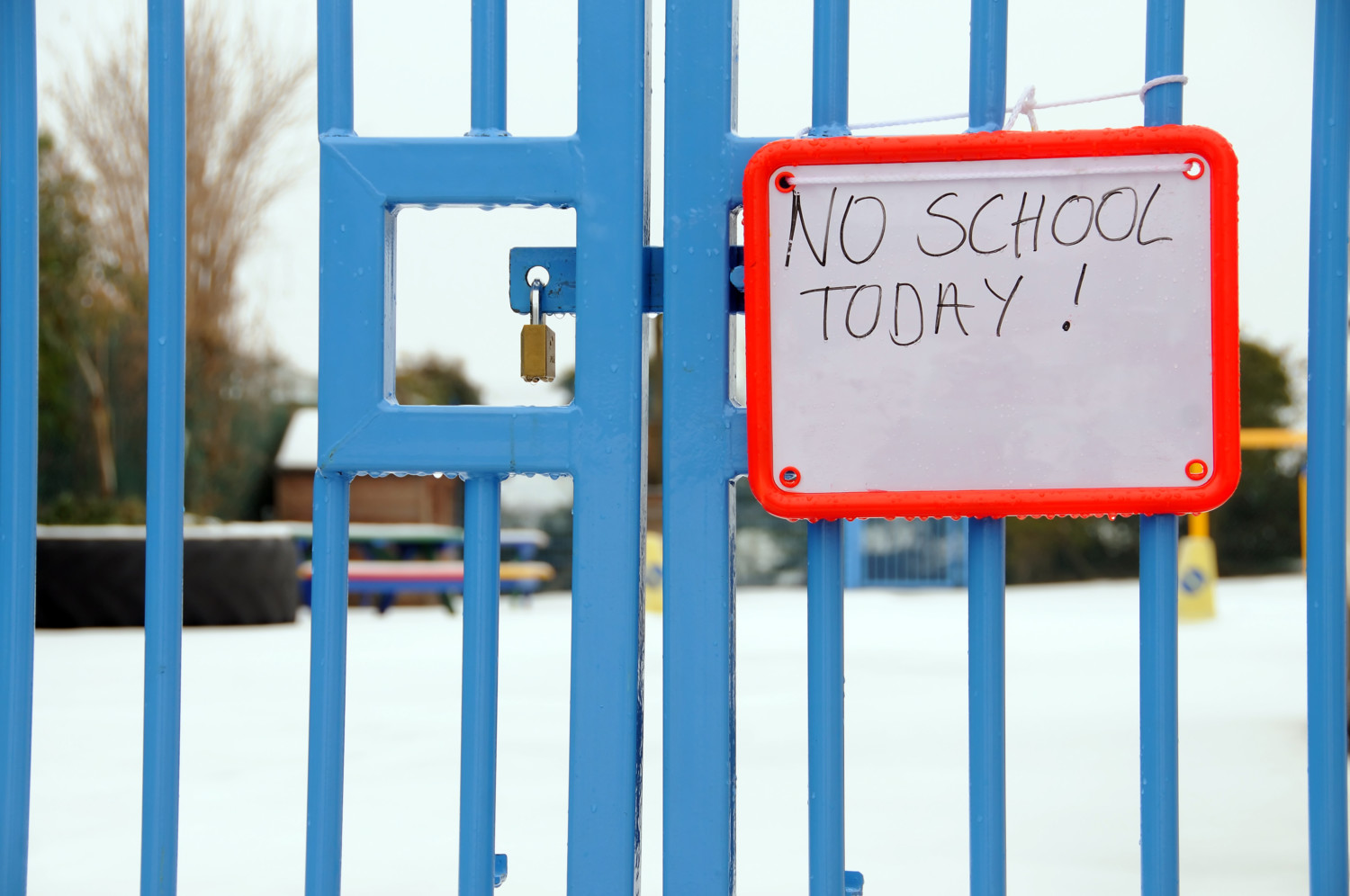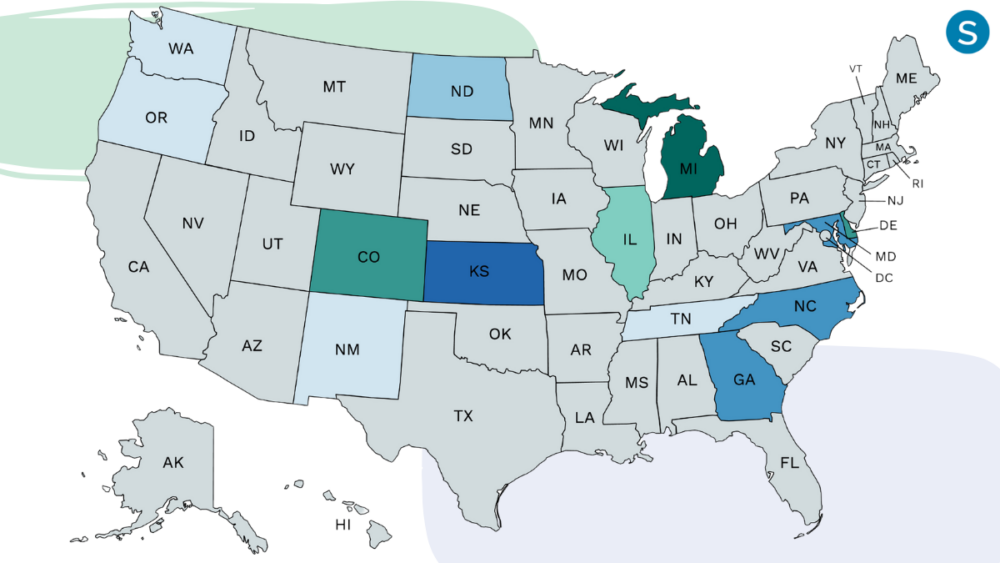Hey, We Work Until 5—So Why Does School Still Get Out At 3?

Have you ever wondered why the school day ends around 2 or 3 p.m. when most parents don’t finish work until 5 p.m.? Or why school starts as early as 7:45 a.m. when most parents don’t start work until 9 a.m.?
Our school schedules are a product of a different era when most mothers stayed home with their children and did not have jobs outside the home. However, times have changed. Many families can no longer afford to be single-income — not to mention, women are equally as devoted to and passionate about their career goals as men.
RELATED: Study Proves A Shorter Work Day Benefits Both Businesses And Employees
While society and the way families operate has changed dramatically, school schedules simply have not changed with the times. A report from the Center for American Progress entitled “Workin’ 9 to 5: How School Schedules Make Life Harder for Working Parents” takes an in-depth look at the issue.
Report authors Catherine Brown, Ulrich Boser and Perpetual Baffour say that school drop-off and pick-up times that don’t coincide with work schedules are just the beginning of the problem.
An additional issue is the number of days that kids have off from school. The largest school districts are closed for an average of 29 days during the school year, according to the report.
Meanwhile, the average worker gets only 16 days paid leave — and that only includes the lucky ones who have any paid time off at all.
Many parents do not have any paid time off or sick leave, so finding childcare on those days off school can be a struggle for some families.
This situation is not just difficult for parents, but it’s very hard on the economy as well.
Parents either have to take time off from work to care for their children, or they have to pay a babysitter or daycare to provide care for their children before or after school.
That’s not the only way that school schedules fail to align with adult working lives. Aside from most schools closing two hours or more before the end of the typical workday, many key school events, such as parent-teacher conferences are scheduled, during the day.
“Districts typically conduct parent-teacher conferences during morning and afternoon hours, when most parents are at work,” the report reads. “Most districts also close for a full day or several hours early for parent-teacher conferences, even if these meetings last less than 10 minutes per family.”
And misaligned school schedules aren’t just inconvenient for parents — they’re actually bad for the economy. According to the report, the schedule results in lower levels of full-time employment among women with elementary school children.
As the Center for America Progress analysis explains, “The gap in full-time employment rates between mothers of elementary-school-age children and mothers of middle- and high-school-age children suggests that more than 1 million fewer mothers of elementary-school-age children are working full time, forfeiting an annual median wage of $35,000. This lost productivity costs the economy about $35 billion every year.”
Additionally, unpredictable school closing — due to inclement weather, annual vacation time or other factors — can also negatively impact the economy. The report estimates lost productivity of $20 billion due to these closures.
RELATED: Why A 4-Day Work Week Could Make Everyone Healthier
What would be a better alternative? The authors of “Workin’ 9 to 5” say that it is time for schools to reconsider their schedules.
For example, imagine a school that was open from 9 to 5 instead of 7:30 to 2:30. Not only would this work better for parents, but teachers would probably enjoy the extra time in the morning to sleep in, care for their own families or finish grading homework.
Kids would get more rest, and parents would save money on childcare. Not to mention, they won’t have to deal with the crazy stress of rushing to school drop-off or pick-up every day.
That’s a win-win for everyone!













